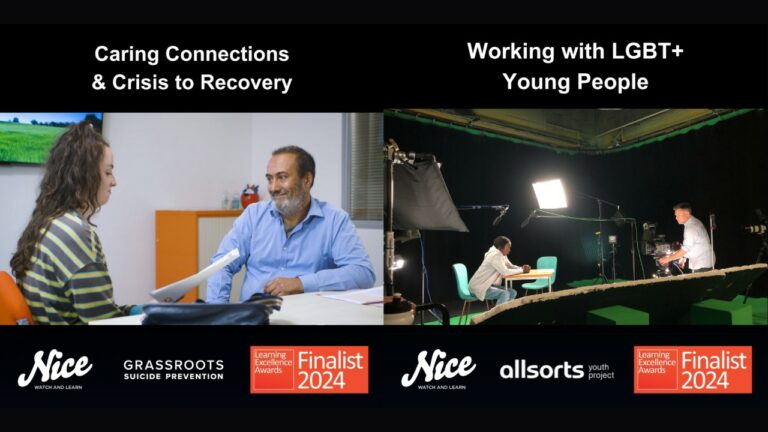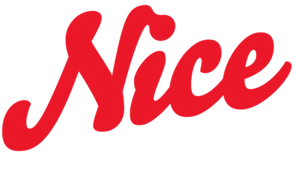Why do we need Real Drama for Learning?
Whenever you see a video with more than one actor in it you expect it to be a drama. When it isn’t you are disappointed.
This is what prompted us to launch our Real Drama for Learning initiative. So often we have seen, so often we have made little films with actors in which they act out workplace scenes, but these scenes have no dramatic structure. It doesn’t matter how well they are filmed and acted they are never going to grab you. If the scenarios and scripts were created by dramatists the videos would cost the same to film and edit, but the results would be a lot more engaging.
But is drama really appropriate in a learning video? We’re not making entertainment.
Apart from the fact that many self-respecting learning agencies talk of aspiring to make content that compares with popular entertainment, we believe that drama is one of the most powerful forms of learning. Here’s why:
Drama is the technique of telling a story with actors. When we tell a story we give meaning to impersonal facts. The meaning makes the facts sticky to our memories. A story ends with a moral that ties up all the meaning into one little package. It’s the punchline that says “I told you so”: The boy who cried wolf is eaten; the Terminator gives his life to save John Connor, Rick gives up Ilsa and goes off to fight the Nazis.
These are glamourous and fantastic examples, but any human activity no matter how everyday can be food for drama, it only need be interesting enough for there to be more than one opinion about it.
Can we fix it?
Nice Media has set out to create a conceptual toolkit, distillations of classic technique to help learning designers to design and write drama. Subjects include – how to design characters, character functions, protagonist and antagonist, how to turn learning points into plot points, how to handle exposition and story structure. It may take a lifetime to become a dramatist, but with moderate effort anyone can learn the basics of dramatic storytelling.
Still in the dark?
To make it clear what we’re going on about here’s an example. How might we dramatize the management of sickness absence? Start at the extremes to leverage emotion. One extreme is Brian – an employee who shows no signs of illness, but is chronically off sick. This immediately suggests two potential extreme reactions – over-empathy and total lack of empathy. One character thinks the absentee is a lazy rotter and the other really feels his pain. Make these two people the business owner, Theresa, and the HR manager, Lucy. Theresa and Lucy are the antagonist and protagonist, (with Brian Lucy’s sidekick). They both want the same thing, to get Brian back to work, but disagree on how it should be achieved. Now, at the passing of every procedural step, Lucy clashes with Theresa and Brian’s feelings are bounced around in front of us. In each clash we traverse the attitudes, concerns and delicacies of what is going on as the issues are tackled in this conflictual structure. The issues are alive with emotion. After the screws of procedural pressure are turned up to the max on Brian, he blurts out that he can’t come back to work because, as a gay man he feels discriminated against. It turns out that Theresa has allowed the development of an intolerant company culture. The revelation saves the company and gets Brian back to work and productive.
The sexual identity bit of the story could be anything else that the company needs to know about itself that could cause a prolonged absence such as childcare issues, bullying or a bad manager.
This happy ending provides the “story proof” and the moral that the procedures, while difficult for all, are the best way to ensure a good outcome.
The way ahead.
This is the first in a series of articles and videos in which we will share our conceptual toolkit and help you and your team to write better drama.
If you have a set of learning points you’d like to dramatize send them to us as a challenge and we’ll see what we can do.
Real Drama for Learning
Script consultancy: we work with your team to turn workaday content into something truly dramatic.
Training: Using our conceptual toolkit, we work with your team to give an understanding of the basics of dramatic construction.
Agency support: working with you at the bid stage, we provide creative support to elevate your video-oriented eLearning idea into a winning pitch.
Production: From idea to final film we work with you throughout the journey.
Real Drama for Learning – using emotion to communicate ideas.







